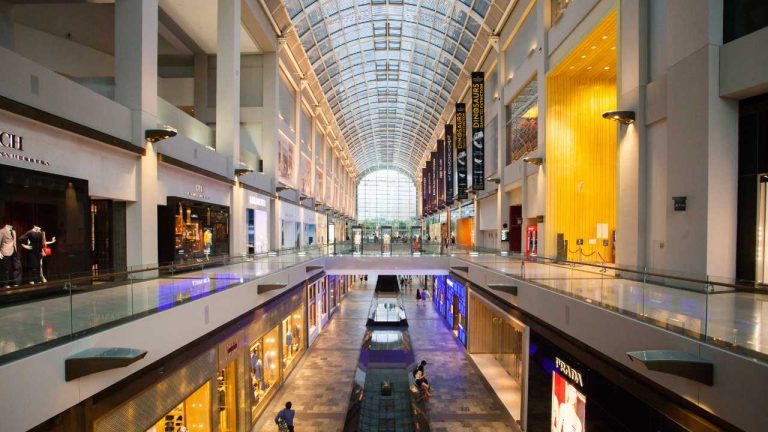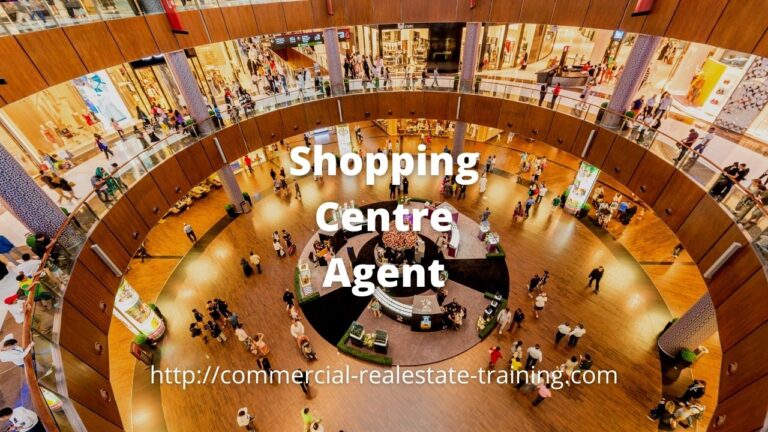Simple Ways to Find More Retail Tenants for Your Shopping Center
Retail tenants run both small and large businesses, and most of them need appropriate premises to do that from. There will be parts of your local area that are better than others when it comes to retail trade; the same can be said to the location of particular properties.
(N.B. these ideas are also sent out to regularly to our friends in Commercial Real Estate Online Snapshot to help amplify brokerage results…. Get your access here)
Retail Leasing Focus
So the whole retail leasing process is quite special. You can specialise as a leasing expert in retail shop leasing in your town or city. To do that well, you should understand retail property leasing for what it is; that being the generation of sales in an ongoing and sustained way.
So the retail leasing process is quite important and unique as you look for the right business to suit the property and the location. Ultimately the tenant that you choose should have a track record to bring successful occupancy to a building. Think about these questions:
- What tenant or retail business suits the property and the vacancy?
- How much retail space do you have to work with?
- What customer base will be attracted to the property and the retail business?
- What rent can a retail business type afford for ongoing viability and successful trade?
- What net income does the landlord need from the vacant space and a new tenant?
When you really understand the retail leasing process, these questions will have answers that you can identify and work with. On that basis you can start looking for the right tenants for your vacancy.
Good Retail Tenants
Here are some ideas to help you find those good quality retail tenants as part of a retail prospecting and leasing strategy:
- Concentrate on tenant types and business types – as part of your daily prospecting, delve into the particular successful retail tenant types that you understand. Typically, that may be fashion, food, supermarkets, pharmacies, or travel. All retail business types have a business model and a level of profit generated from the averages of sales and impacted by operational costs. When you really know the tenant type, you will relate to the appropriate gross profit levels and net profit levels that a typical business will work within. You will know what a good tenant looks like and where you can find them.
- Make direct contact – don’t wait for the tenants locally to find you. That process doesn’t work in retail leasing. You have to go out into your location (town or city) and talk to the owners of local businesses. Find out what they occupy now and how their business segment is working for them now and how it may be changing. Show them that you understand their business needs and may have a good selection of properties locally for them to look at when the expansion or relocation need occurs.
- Determine the best retail properties and locations – assess the best property alternatives when it comes to retail trade, considering passing trade, retail exposure, property positioning, and customer demographics. Determine what a good retail property is and where it should be located; when you have the best vacancies listed on your books, the tenants will seek you out.
From these 3 simple rules you can see how the retail leasing process is quite special. If your town or city has substantial size and a level of population growth, you should be able to specialize as the leasing expert in retail property for the region. Stay ahead of retail rents, vacancy factors, incentives, lease strategies, and landlord requirements. That’s what retail leasing is all about.
(N.B. these ideas are also sent out to regularly to our friends in Commercial Real Estate Online Snapshot to help amplify brokerage results…. Get your access here)





